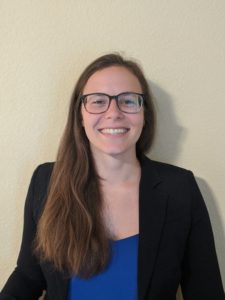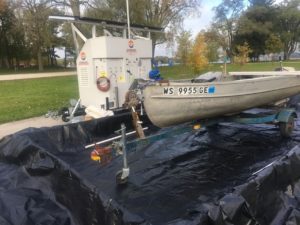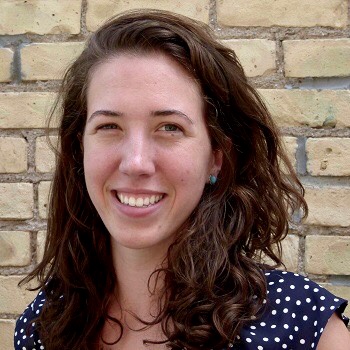Smartphones helping Lake Erie be smart about water quality
A new collective of community foundations called the Smart Citizen Science Initiative wants to combine big data and smartphones to grow community interest in protecting Lake Erie and its tributaries. The group hopes to deploy a small gadget that can be connected to a smartphone to measure algae in the lake and connecting waterways. Read the full story by WBFO – Buffalo, NY.
Great Lakes Commission
https://www.glc.org/dailynews/20200722-smartphones-in-lakes










